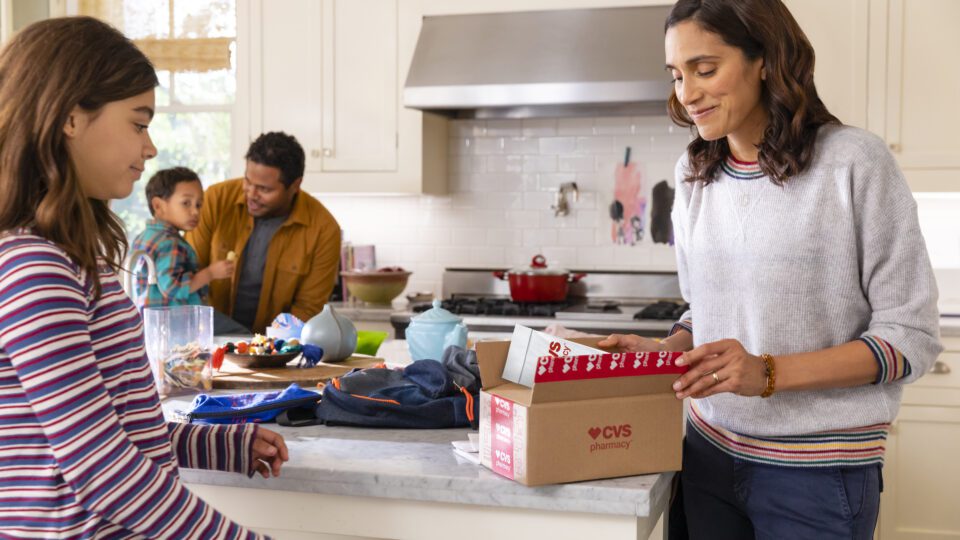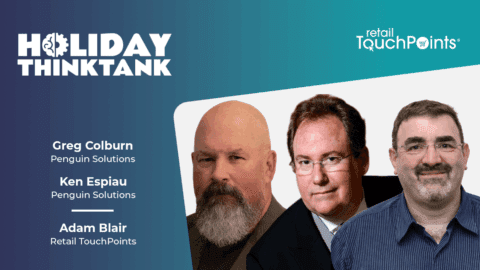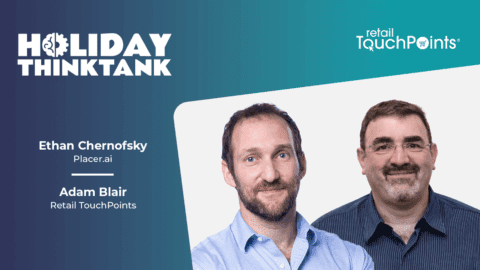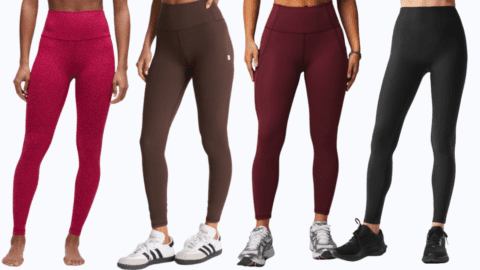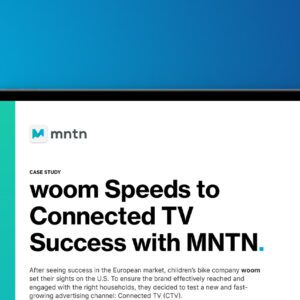When asked the first thing that comes to mind when one thinks of CVS, chances are good that many people will say the receipts. The pharmacy chain’s comically long trail of coupons has practically reached icon status (if being a clue in the New York Times crossword puzzle is any indication; take a look at 60 Down from earlier this year).

But CVS wants to be known for much more than its novel-length receipts. In fact, the retailer has been phasing out paper receipts since 2016 when it gave ExtraCare members the option to choose digital versions instead. The move wasn’t just an effort to appease those customers who find the long receipts annoying rather than endearing, but also a sustainability play and a sign of the company’s broader aims: In a world where consumer loyalty is crumbling under the pressures of choice and cost, CVS is zeroing in on value, in every sense of the word, as its differentiator.
“We want to help you on your path to greater health, and there are a lot of ways that we support that,” said Adam Volin, General Manager of CarePass at CVS Health in an interview with Retail TouchPoints. “We quite literally put our money where our mouth is, and it really reinforces what we stand for. One big thing [is the decision] not to sell tobacco products in our stores. That’s not a one-time decision, we take a hit on that every year economically, but it tells you what we stand for. Another example is Beauty Unaltered, [which ensures] that we don’t feature unattainable beauty standards in our stores.”
Value also comes from the retailer’s close ties to its communities. “Yes, we are this national chain, but our stores are very local,” Volin noted. “Our pharmacists know their community, they’re trusted experts. We have the nurses in our MinuteClinics and our colleagues in the front store, many of which have been there for years — these are personal relationships. Add to that the quality of our products, knowing that if you get a CVS brand OTC or vitamin, it’s been vetted. [All of this] creates loyalty and that health authority [with our customers]. And then the final layer is the loyalty programs that take all that and make it easy and more affordable.”
As his title implies, Volin leads the CVS CarePass program, and he shared how the retailer’s relatively new paid membership is helping the company double down on both its values and value.
How CarePass is Adding Value for Customers…and CVS
Launched nationwide in 2019, the CarePass program offers members a range of benefits for $5 a month or $48 a year. These include a $10 monthly reward that can used for just about any purchase as well as 20% off CVS Health brand products, free one- to two-day shipping on online orders, free same- or next-day delivery on pharmacy orders and access to a 24/7 pharmacist helpline.

Four years in, the program has 6.5 million members, on top of the more than 74 million members of the retailer’s free ExtraCare loyalty program. “We know people love our ExtraCare program, but we also recognize that some people want increased simplicity and added value, which is why we started to think through what we could do to turbocharge what you get with ExtraCare,” said Volin. “It’s really an ‘and’ not an ‘or’ when you’re talking about ExtraCare and CarePass. All CarePass members are also ExtraCare members, so [the two] are very much tied at the hip.”
But when people pay $5 a month and then get back a $10 monthly credit, it raises questions about the program’s financial viability. Is CVS making money by giving money away? The answer, according to Volin, is a definitive yes.
“Members who join CarePass spend more money with us — they make more trips, when they make those trips their baskets are larger and they have a higher proportion of spend on our store-brand items,” said Volin. “That’s how we’re able to provide that outsized value to them. So are we making money? Yes. If we weren’t, then with more than 6 million members we’d be in trouble. [The $10 each month] is often the hook that gets somebody into the program, because it’s just such an obvious trade-off, and we’re able to offer that because we know that someone who joins CarePass will shop with us more. It creates this virtuous cycle of growth and differentiation for our program.”
A ‘Grassroots’ In-Store Recruitment Approach
ExtraCare members can upgrade to CarePass online anytime they want, but Volin said that the program “has a grassroots type of feel because the majority of our enrollments happen in-store.”
This is driven by CVS associates, many of whom are CarePass members themselves. “The majority of our members [end up joining] just naturally in the flow of conversation as our colleagues are helping them,” said Volin. “For example, someone might have a CVS Health item in their cart, and [the associate will point out] that they can save even more with CarePass. We’ve got great colleagues at our stores, and they really differentiate our program from others that are primarily online signups.”
This avoidance of hard-selling tactics continues in other places across the CVS ecosystem, where the CarePass program is presented at natural moments in the customer journey. For example, when filling a prescription or ordering products online, customers can choose whether to pay for delivery or sign up for CarePass and get free delivery.
Value May be the Hook, but Convenience is Why They Stay
As to what type of customer is most likely to make the transition from ExtraCare into CarePass, Volin said there’s not any one consumer segment that stands out, but there are a few customer archetypes that find the benefits particularly valuable.
“I’ll use myself and my mother to paint the picture of two of those archetypes,” he said. “I have three young children and my wife travels fairly frequently for work. I would classify myself as the caretaker [archetype], the person who’s trying to fit maintaining my health and my children’s health into a busy schedule all while making dinner. My mother, on the other hand, is recently retired and just moved to Florida with my dad. She’s on this big health kick, and she’s really enjoying using the $10 monthly promo in conjunction with 20% off store brands to try out new supplements and vitamins.”
One thing is relatively consistent, however, across all the members who join CarePass: “Once our members utilize some of our more convenience-focused benefits, they become even more sticky and more loyal to us,” Volin said. “Convenience is something that is becoming more important to just about everybody, and the bar is continuing to rise. I don’t want to say that value is becoming table stakes, but [it’s getting closer to that]. I think the differentiating factor now is convenience, saving people time.”
Keeping ‘Em Once You Got ‘Em
Blame Amazon, but many operators of membership programs today believe that getting someone in is only half the battle. The prevailing philosophy is that you have to keep adding new benefits to get members to stay. But don’t expect CVS to add streaming content or cloud storage any time soon. Instead, Volin and his team are more focused on enhancing what customers already value about CarePass. “We are constantly pushing on how we can stay on that frontier of enhancing the benefits,” he said. “By no means are we saying this is our final set of benefits, but what we’re thinking about is how to continue to reinvest some of the value we get back to the member in terms of added value and convenience.
“And I do think we’re strategically positioned in a unique way, given that we have more than 9,000 pharmacy locations across the United States and are within 10 miles of 85% of the population,” he said. “Our geographic footprint, our colleagues, our pharmacists, our nurses, all of it helps our members connect the dots and adds a lot of value.”
And while he wouldn’t share details, Volin did say that there are big things on the CarePass horizon: “Exciting things are around corner,” he hinted. “I can’t share more yet, but we are constantly trying to raise the bar across value and convenience, so keep your ear to the street.”




